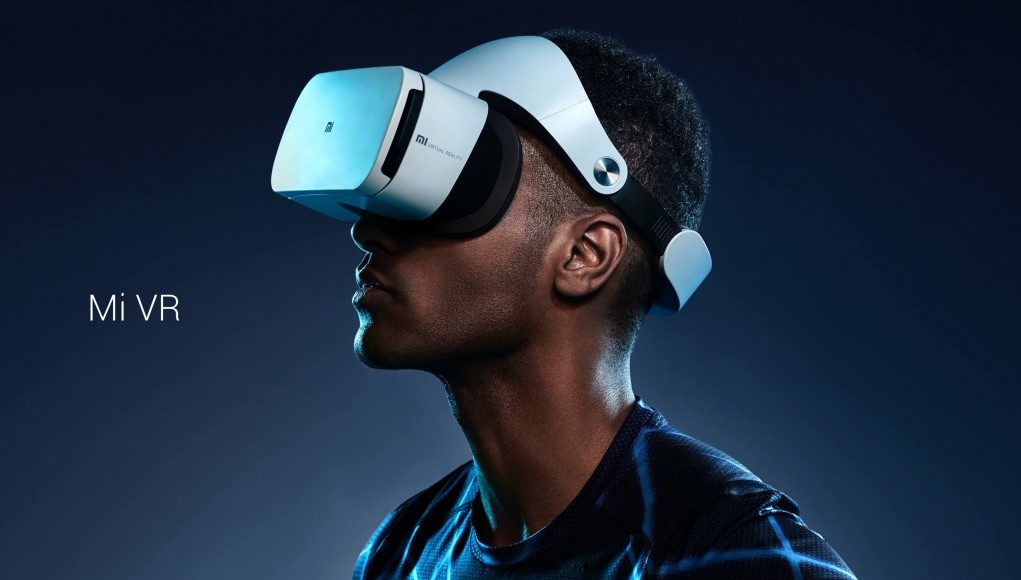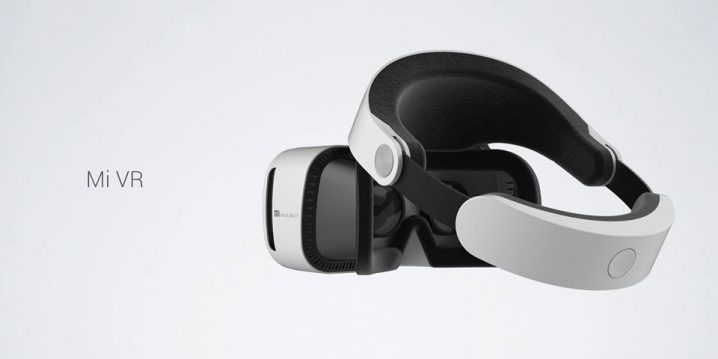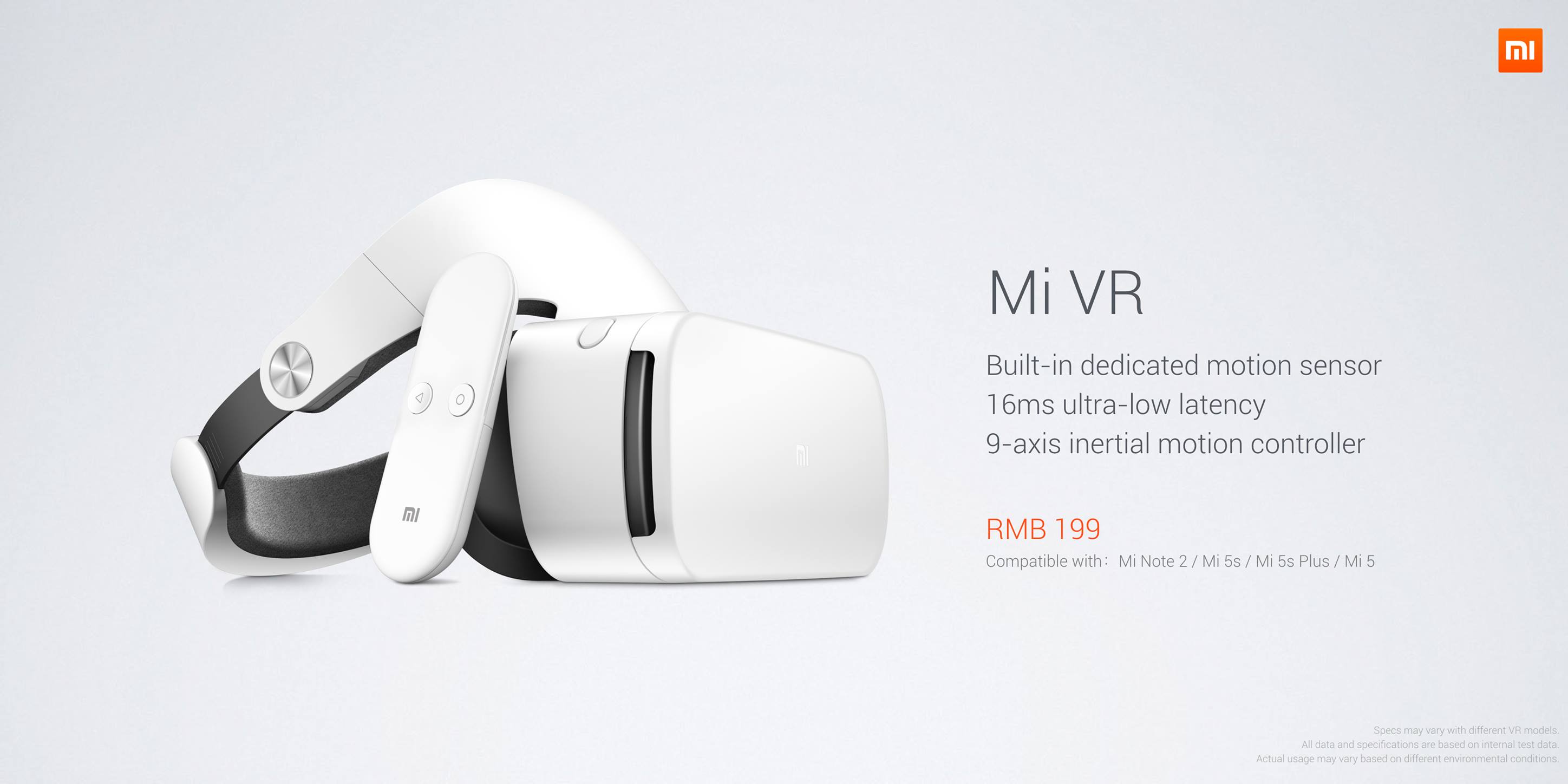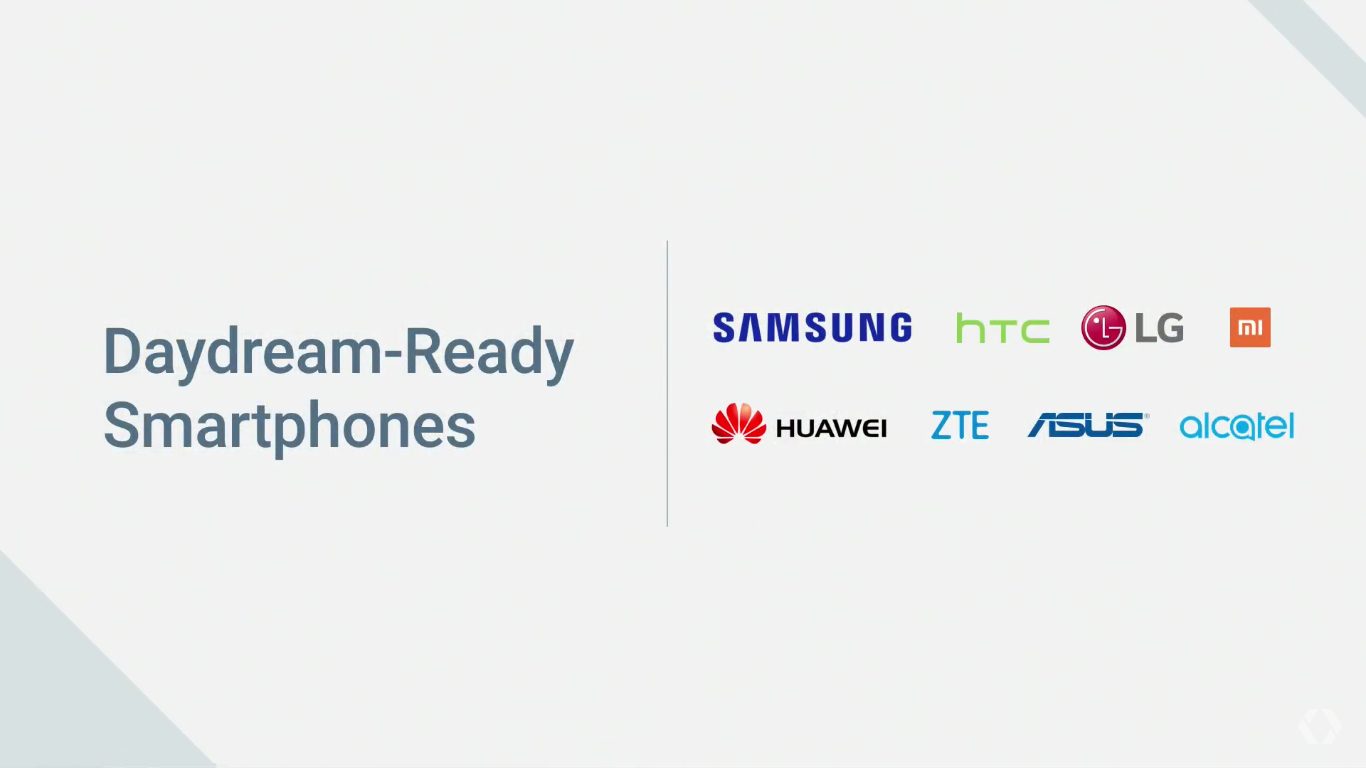Xiaomi today unveiled a low-cost VR headset alongside their Mi Note 2 smartphone at the company’s Mi Product Launch Event in Beijing. Much like Samsung Gear VR, Mi VR features a built-in dedicated motion sensor for low latency head-tracking and only works with a select number of the company’s phones.
Mi VR will ship with a 9-axis inertial motion controller with integrated touchpad, and is compatible with Mi Note 2, Mi 5s, Mi 5s Plus, Mi 5—and only for ¥199 (~$29). Don’t count your quarters just yet though, because the low-cost headset is only shipping in China for now.
Xiaomi was listed as a future manufacturer of Daydream-compatible smartphones, announced at Google I/O 2016 earlier this year, but has yet to mention support for the platform explicitly.
According to an English language product unveiling by Xiaomi Global VP Hugo Barra, Mi VR “is already starting to follow the Daydream spec. It’s only launching in China for now, but we’re obviously keeping our eyes in the future here.”
Mi VR will come along with its own app ecosystem called Miui VR, which boasts over 500 panoramic videos, 30+ VR apps, and 200+ registered developers for the platform to start with. Youku, China’s version of YouTube, is also prominently placed on the Miui VR app store. Youku has since integrated 360 video support for both their desktop and smartphone platform.
We haven’t seen any hands-on articles to point you to yet, but we’ll be keeping our eyes out until it inevitably hits unofficial retailers like Xiaomidevice.com, which is bound to bring western VR enthusiasts a taste of what Xiaomi has in store.










